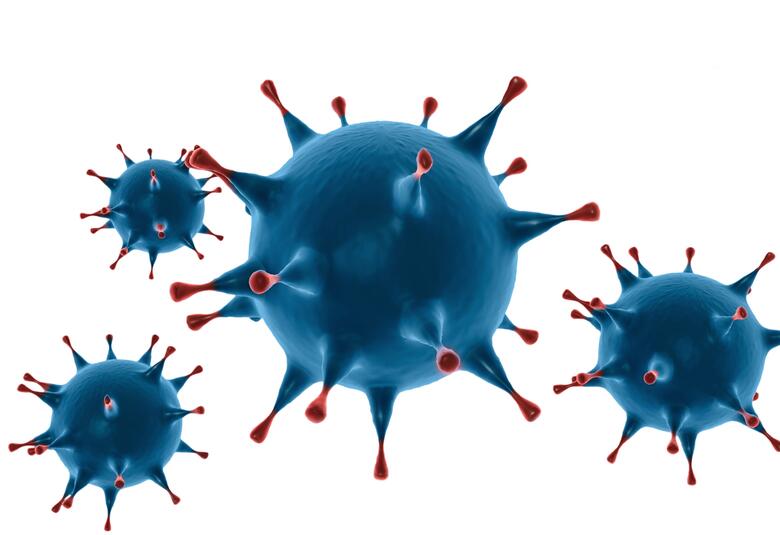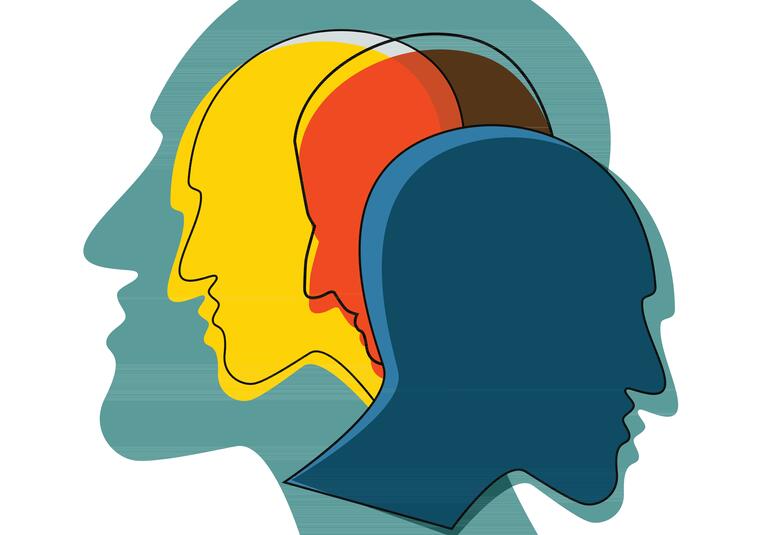Ninety percent of people with Alzheimer’s experience at least one clinically significant neuropsychiatric symptom in their disease course, and agitation is common. Such symptoms undermine quality of life, are disabling, cause caregiver distress and increase costs. But there is evidence we can intervene successfully. So it is time we paid these problems more attention – an opinion forcefully expressed by clinicians who are innovators in the field.
In people looking after those with Alzheimer’s Disease (AD), clinically significant depression is frequent. On mulitivariate analysis, the overall level of problem behaviors was significantly associated with duration of caregiver depression. For those who suffer from AD, agitation – along with depression, anxiety and irritability – is associated with poorer quality of life.
Neuropsychiatric symptom cause poor quality of life for patients, stress for carers, and expense for providers
A systematic review published this year reports that all but one of seven studies which assessed the connection found that higher scores on the Neuropsychiatric Inventory (NPI) predicted nursing home placement. It is also estimated that (in the USA) AD patients with neuropsychiatric symptoms (NPS) cost the healthcare system at least an extra ten thousand dollars per year.
It’s not a question of finding unmet needs. In agitation, there are no met needs
Shouldering the neuropsychiatric burden
The factors listed above contribute to the powerful case for better management, Clive Ballard (University of Exeter Medical School, Exeter, UK) told the meeting. In deciding how best to manage NPS, we must balance likely benefits and possible harms. Decisions should be based on evidence. Non-pharmacological interventions have a clear role, but pharmacological treatments may also be appropriate.
The recent WHELD (Wellbeing and Health for People with Dementia) study shows what can be achieved by psychosocial intervention. A randomized controlled trial compared treatment as usual with patient-centred care tailored to individual interests and abilities in 847 patients from 69 care homes. Researchers trained “dementia champions” who then led training in each care home. The aim was to achieve at least sixty minutes per week of enjoyable activity for the patient.
Compared with controls, patients experiencing enhanced care had a 10% increase in quality of life, scored four points less on the Cohen-Mansfield Agitation Inventory, and cost the care system £4000 less – largely because of fewer visits to Accident and Emergency departments and the reduced need for hospitalization.
Neuropsychiatric symptoms in AD are at least as much of a burden as cognitive symptoms
Defining and managing agitation
NPS signs and symptoms are nearly universal in people with AD and have a serious and disabling effect, said Pierre Tariot (University of Arizona College of Medicine, Phoenix, USA). Among the criteria in the recent International Psychogeriatric Association (IPA) provisional definition of agitation is the suggestion that defined behaviors – excessive motor activity and physical or verbal aggression -- be associated with observed or inferred emotional distress, as well as leading to disability.
The consensus view of agitation is that there are causes that can be modified if attention is paid to each element of the patient/environment/caregiver triad. Among patient factors there are needs such as hunger, pain and fear; the possibility of sensory deficits; and premorbid personality and psychiatric history. In the environment, there is the possibility or under- or over-stimulation, lack of activity and lack of routine. And among carer factors are lack of education about dementia and NPS, poor communication skills, expectations that do not match the reality of dementia, and perhaps depression.
In this context there is merit in DICE, as proposed by Helen Kales and colleagues: Describe the problem, Investigate its causes, Create a collaborative treatment plan, and then Evaluate the outcome.
This is much the same as in the American Psychiatric Association guidelines which emphasize assessing symptoms, looking for causes, customizing the care plan to the individual, and using a quantitative measure to assess efficacy. Both pharmacological and non-pharmacological interventions are envisaged.
Candidate treatments are diversifying: better understanding of receptor pharmacology in agitation may help with new agents
From etiology to pharmacology?
Agitation may relate to a focal neuropathology, session chairman Jeffery Cummings (Cleveland Clinic Lou Ruvo Ceter for Brain Health, Las Vegas, USA) suggested. Neuropsychiatric tests indicate executive dysfunction. And FDG-PET shows right fronto-temporal hypometabolism.
In the pathophysiology of NPS, imbalance of various neurotransmitters – including acetylcholine, dopamine, serotonin and GABA – seems to play a part. This diverse pharmacology is now reflected in the wide range of agents undergoing trial for agitation. Research is likely to be helped by the widespread acceptance of the new IPA definition. And remote monitoring of agitation through actigraphy is a promising development.
Compared with the long time-scale over which disease modifying agents have to be assessed, this is an area in which we can expect some near-term wins. There are grounds for optimism.
The scientific symposium, held in conjunction with AAIC17, was sponsored by Otsuka Pharmaceutical Development & Commercialization Inc and H. Lundbeck A/S.
Our correspondent’s highlights from the symposium are meant as a fair representation of the scientific content presented. The views and opinions expressed on this page do not necessarily reflect those of Otsuka and Lundbeck.




